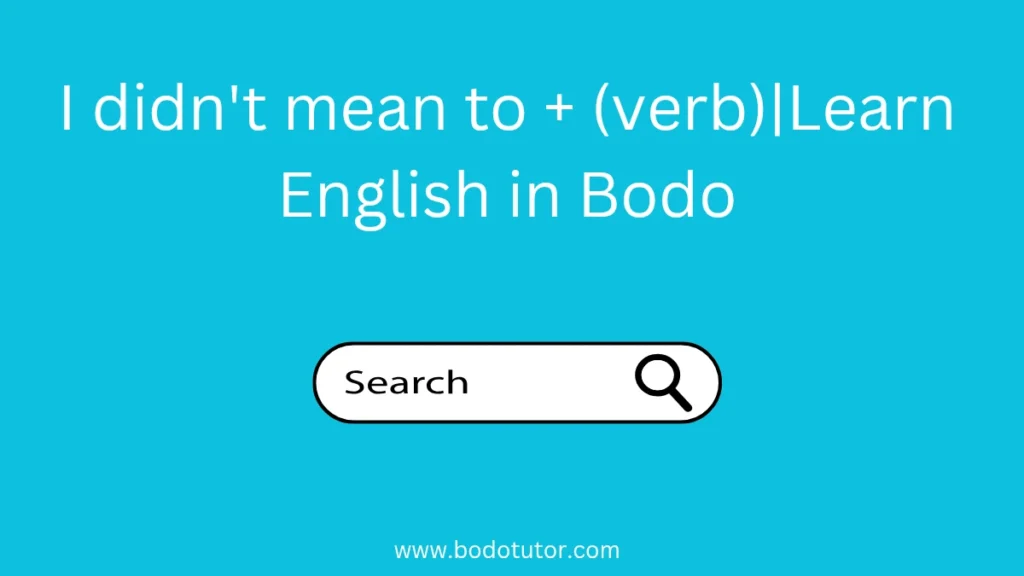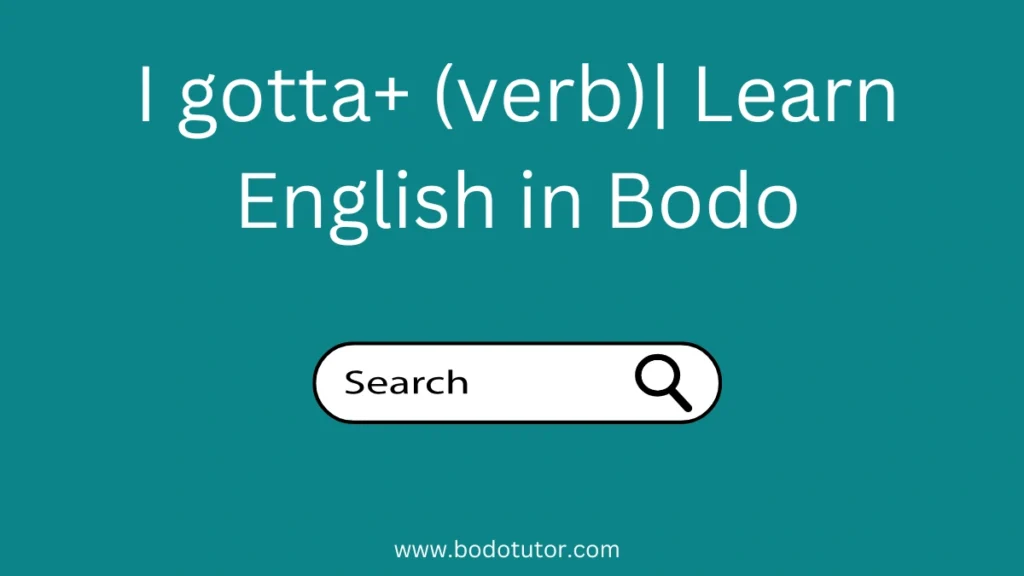The phrase “I am” is a simple way to express the present tense of the verb “to be” when talking about yourself. It is often used to describe who you are, what you do, how you feel, or where you are. Here are some basic examples:

Basic usage of I’m | Learn English In Bodo
- Introducing yourself:
- “I am Anjil.” “आं अन्जिल”।
- “I am a student.” “आं सासे फरायसा”।
- Talking about your feelings:
- “I am happy.” “आं खुसि”।
- “I am tired.” “आं मेंबाय”।
- Describing your occupation or role:
- “I am a teacher.” “आं सासे फोरोंगिरि”।
- “I am a content writer.” “आं सासे कन्टेन्ट लिरगिरि”।
- Talking about your location:
- “I am at home.” “आं न’आव दं”।
- “I am in Guwahati.” “आं गुवाहाटीयाव दं”।
- Describing a state or condition:
- “I am sick.” “आं लोमजादों”।
- “I am busy.” “आं मुखुब”।
उफ्रा बिदिन्थि
“I’m so tired.” “आं जोबोद मेंबाय”।
“I’m confused.” “आं गोनो गोथो जाबाय”।
“I’m twenty three years old.” “आं नैजिथाम बोसोर बैसोनि”।
“I’m hungry.” “आं उखैदों”।
“I’m nervous.” “आं नार्भास जाबाय”।
“I’m excited.” “आं गोसो गुदुं”।
“I’m leaving work.” “आं खामानिखौ नागारगासिनो”।
“I’m thirsty.” “आं उखैदों”।
“I’m from Udalguri.” “आं उदालगुरिनि”।
“I’m extremely tired.” “आं जोबोद मेंबाय” ।
“I’m very happy.” “आं जोबोद खुसि”।
“I’m terribly hungry.” “आं जोबोद उखैदों” ।
“I am super excited.” “आं जोबोद गोसो गुदुं” ।
“I’m very nervous.” “आं जोबोद नार्भास जाबाय” ।



